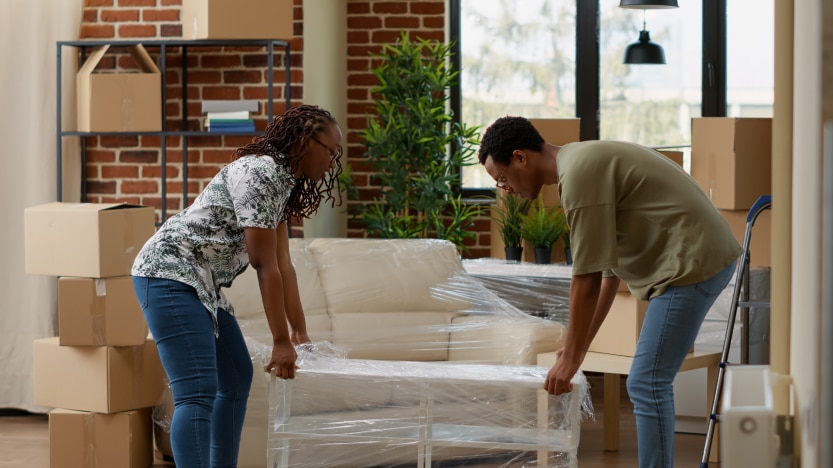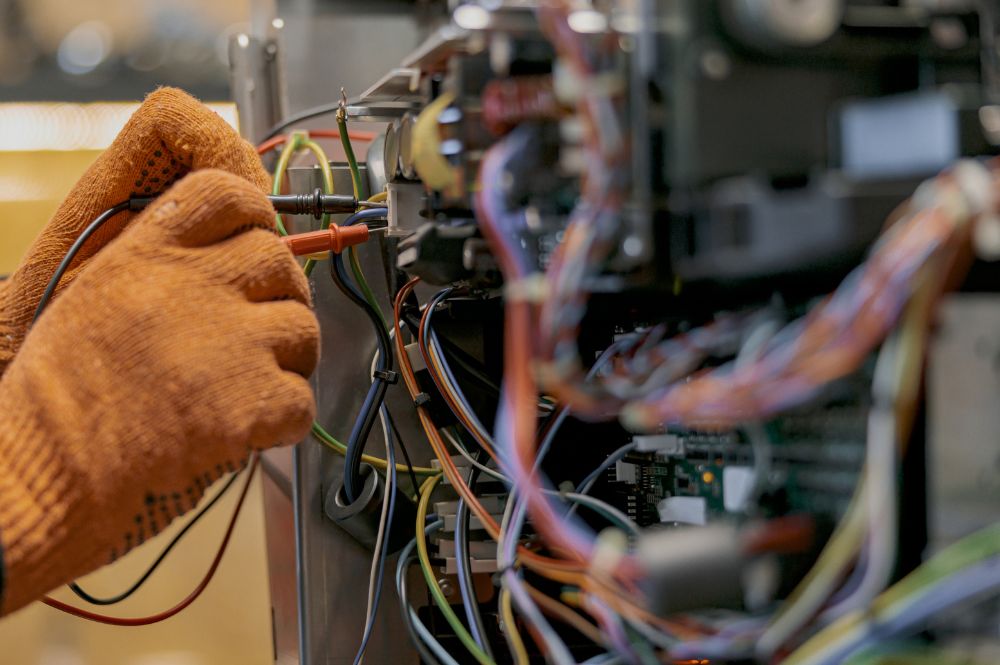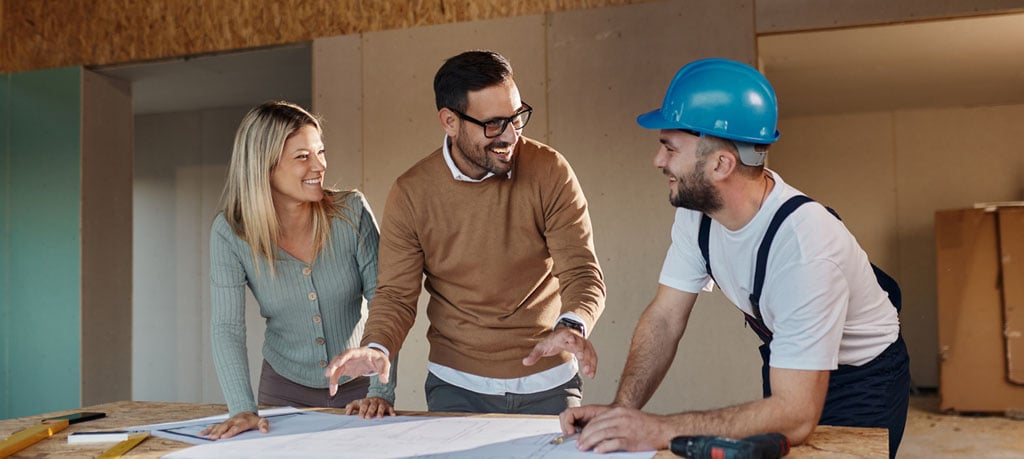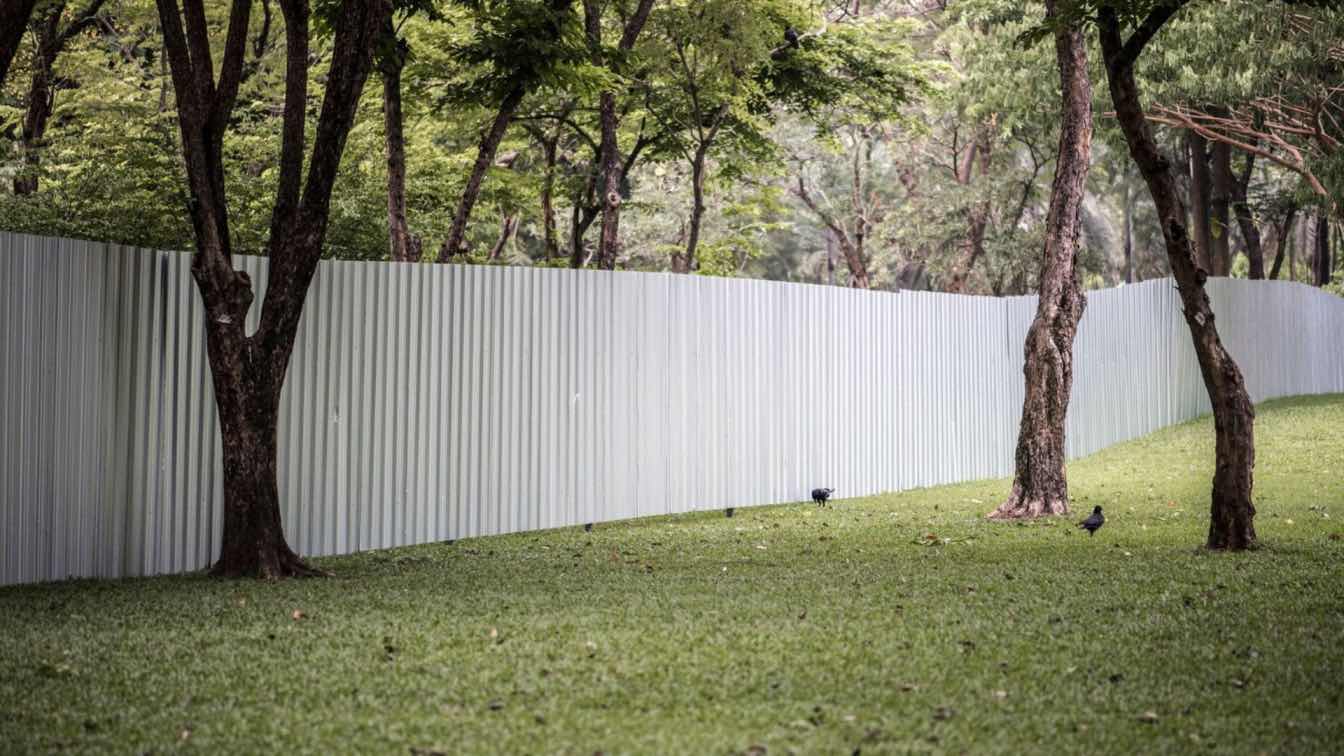Protecting Your Investment: Ensuring Safe Furniture Delivery with Proper Packaging

Purchasing new furniture is exciting, whether updating a single room or furnishing an entire home. However, one persistent concern always looms: how to deliver your new furniture without damaging it. From upholstery tears to scratched finishes, transport mishaps can turn your dream purchase into a headache. Thus, ensuring that your furniture is packed correctly during delivery is paramount. In this regard, sourcing high-quality materials from reliable vendors, such as Melbourne packaging supplies, can significantly protect your investment.
In this article, we will explore why proper packing is crucial and discuss the role of finishing materials in preserving your furniture’s pristine condition. Melbourne packaging supplies offer various solutions, from sturdy cardboard boxes to bubble wrap, allowing you to tailor the packing process to the specific needs of each piece of furniture. Using specialized packing materials can minimize the risk of physical damage and environmental factors affecting your new furniture. Furthermore, understanding how to utilize these supplies effectively can enhance the safety of your items during transit, ensuring they arrive at your home intact and ready to elevate your living space.
The Risks of Furniture Delivery
Physical Damage
Furniture is often a significant investment, and the prospect of it getting damaged during transportation can be disheartening. Physical damage can include scratches, dents, and breaks, which might be caused by rough handling, inadequate packaging, or shifting during transit. Delicate surfaces such as lacquered wood, glass, or polished metal are particularly susceptible to such damage.
Environmental Factors
Environmental factors like moisture, heat, and dust can also pose a risk. Moisture can warp wood, damage finishes, and wreak havoc on upholstered pieces. Temperature fluctuations can cause materials to expand and contract, leading to potential cracks or damage. Dust and debris can mar surfaces and fabrics, reducing the item’s aesthetic appeal and structural integrity.
The Importance of Proper Packing
Protective Wrapping
Protective wrapping is crucial to safeguard furniture during delivery. Different materials offer varying levels of protection and should be chosen based on the type of furniture:
- Bubble Wrap: Ideal for delicate items and pieces with intricate details, bubble wrap provides a cushioning layer that absorbs shocks and prevents scratches.
- Furniture Pads and Blankets: Thick, padded blankets protect larger pieces, such as sofas, dining tables, and wardrobes. They shield furniture from bumps and abrasions.
- Shrink Wrap: This plastic film snugly wraps around furniture, keeping protective layers in place and defending against moisture and dust.
Use of Finishing Materials
Finishing materials play a significant role in maintaining the integrity and appearance of furniture. High-quality finishes enhance the look and add a layer of protection. Here’s how different finishing materials contribute:
- Varnish and Lacquer: Applied to wooden furniture. These finishes provide a hard, protective layer that resists scratches, water damage, and UV radiation. They also make surfaces easier to clean.
- Paint: Beyond color, paint can provide a protective barrier for wood and metal furniture. Specialized paints can offer additional properties, such as resistance to moisture or rust.
- Fabric Protectors: Often used on upholstered furniture, these treatments repel stains and liquid, making spills easier to clean and preventing deep absorption into the fabric.
Essential Packing Steps
Disassembly
Where possible, disassemble larger pieces of furniture. Removing legs, headboards, shelves, and other components can make packing and transportation more accessible and safer. Keep all screws, bolts, and small parts in labeled bags to ensure straightforward reassembly.
Padding and Layering
Apply protective padding to all surfaces, paying extra attention to corners and edges. Use blankets, foam pads, and bubble wrap as needed. Layering multiple protective materials will offer better shock absorption and minimize movement during transit.
Secure Binding
Once padded, use straps or shrink wrap to secure the protective layers around the furniture. This step ensures the padding does not slip or expose furniture parts during handling.
Use of Crates and Boxes
For smaller items, such as chairs or decorative pieces, packing them into hardwood crates or sturdy cardboard boxes can provide an added layer of protection. Fill any gaps within the crate or box with packing peanuts or foam to prevent movement.
Conclusion
Delivering new furniture without damage requires meticulous attention to proper packing techniques and high-quality finishing materials. By wrapping, securing, and protecting your furniture, you can ensure that it arrives in perfect condition, ready to enhance your living space. Investing in suitable materials and techniques might add an extra layer of effort, but it is well worth it to preserve the beauty and functionality of your new pieces. So, when the excitement of buying new furniture hits, remember that the journey from the store to your home is just as crucial as the decision of what to purchase. Proper packing is the key to keeping those treasures intact and pristine.





